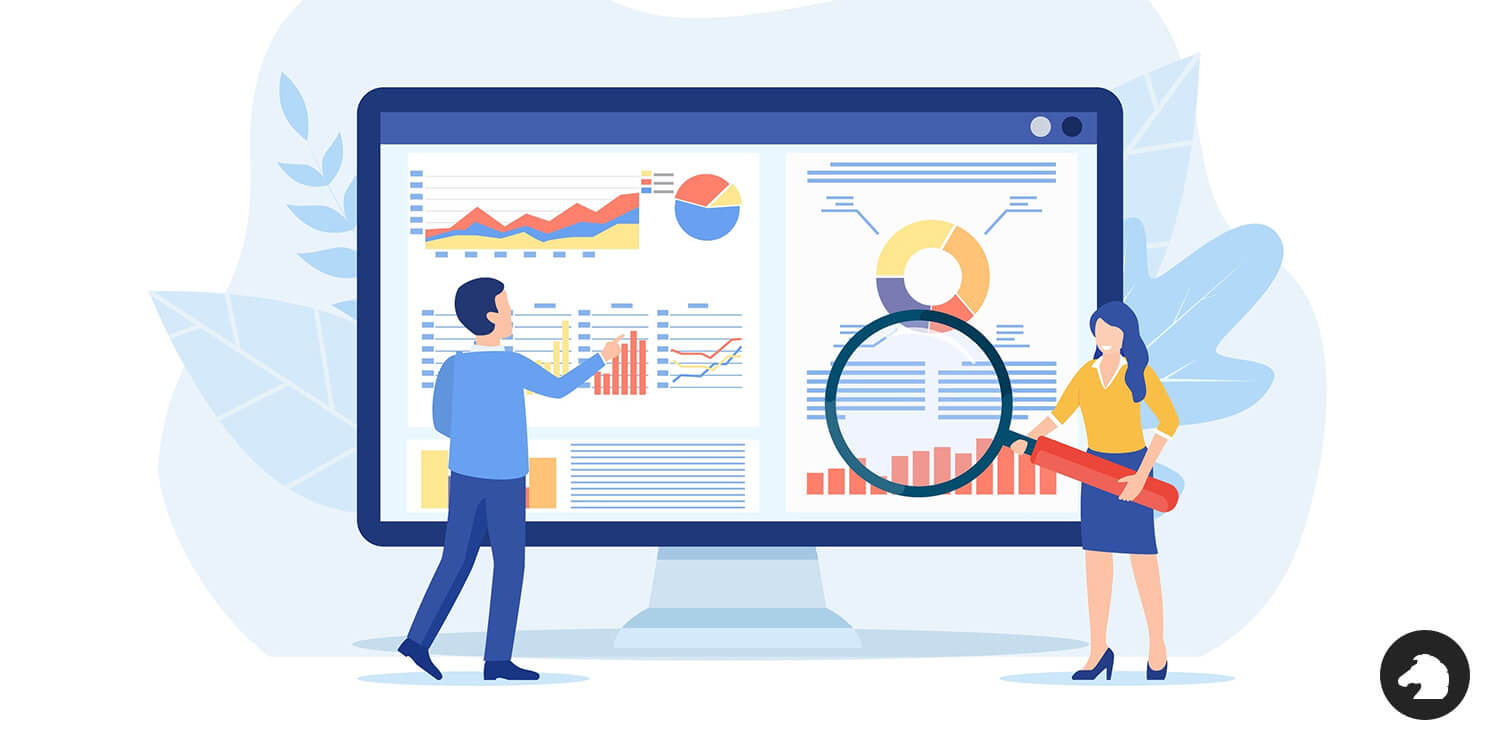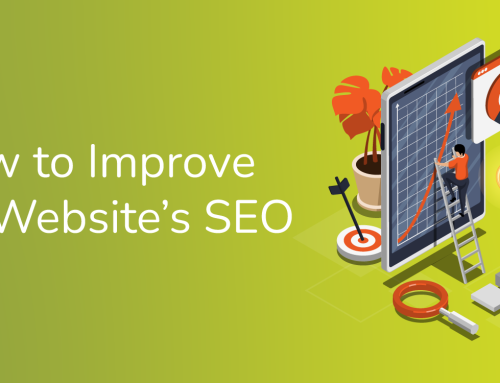Outside of my role here at Blacknight, I run my own business and websites (in niches completely unrelated to my work here). I will be the first to admit that I don’t look at my analytics data as much as I should as a business owner. There’s just SO MUCH data; it’s like a firehose. It’s very hard to figure out what’s important to be looking at – but also what actions you should be taking when you examine your data. So, I’ve decided to go back to basics and put together some insights to look for in your analytics data and what kind of actions you can take – along with the potential results. These principles work with most analytics software solutions, but personally, I rely on Matomo Analytics for my day-to-day web analytics needs (but Google Analytics is one, too!).
Abandoned Carts
If you run an e-commerce business, you should be thinking about abandoned carts. What are those? It’s when someone adds a product to their cart but then doesn’t complete the checkout process. When you look at your analytics data, your ‘cart’ page will almost always have higher traffic than the ‘checkout’ page. There are tools that will help you close this gap. I discovered last month just the amount of money I was losing to abandoned carts. It spurred me to finally set up abandoned cart emails. My e-commerce software will email a customer up to three times if they abandon their cart (with a coupon code to reconsider). Within hours, I’d already recovered lost revenue. Entire books have been written on the theories behind carts, checkouts, and abandonment. But let’s keep it simple: look at how many carts are being abandoned on your site; if it’s a number higher than you’re comfortable with, then set up abandoned cart emails. It took me less than an hour.
Where are they coming from?
Seeing where your traffic is coming from is a pretty basic analytics tip. But look deeper than the top 10 list usually presented in analytics software. Where else is your traffic coming from? Most people’s traffic comes from Facebook, Instagram, Google Search, etc. Look deeper, though. Perhaps there’s a weird website you’ve never heard of, or there’s a website that has mentioned you, creating a steady stream of traffic. How can you leverage that? Can you advertise directly on the website and similar websites like it?
Look at your internal website searches
Does your website have a search function? If so, your analytics software should be tracking the queries that customers are making on your website. This can be a valuable insight into several things. First, you can get an idea of what customers are looking for that you’re not currently selling. It tells you what customers are expecting to be on your website but also what they’re not finding. It’s free market research data! Second, if you’re already selling the things they’re using the search for – then you need to reconsider your layout, design, or organisation of your website so they can find them easier without having to use the search. And finally – site search data can give you ideas for content for your blog. The more content you have, the more traffic you’ll attract by osmosis.
Average Order Value
Another good e-commerce metric to keep an eye on is the average order value. Your goal in running a store should be for this number to continually go up. A customer that buys one low-value item, and never returns is not going to build a sustainable business. You want customers to buy as much as they can – even in their first purchase. There are ways to tweak and improve this metric – whether you offer a coupon or bundle related products together and offer a discount. Give the customer ideas when they’re checking out (related items on carts or checkout pages help too). So, go into your analytics, and find your average order value – you may be surprised by what you see. If it’s lower than you think it should be, it’s time to strategise.
Page Performance Metrics
Most good analytics software will tell you how your website is performing, not just what it’s doing and what people are looking at. It’s important to keep an eye on average page load times and related metrics. If your website is taking too long to load, you will lose people even before the page is loaded. If your website is slow, they will be less likely to complete an e-commerce checkout. Google and other search engines also now pay close attention to page performance. If they see a user coming from their search engine having to wait too long for your website to load, they will rank you lower in the results, no matter how good or relevant you are. So, check your page performance metrics regularly, and regularly tweak your website to be as fast as possible.
Older content opportunities and updates
If your website is more content based (and a store can have a content side too – and should!), then look at the data that shows your most popular non-shopping content. This tells you what is bringing people to your site who aren’t necessarily coming to shop. Browsers can turn into shoppers if they find what you offer valuable. For example, I was looking at my content analytics lately and saw some surprising information – that a lot of people were coming to my site for one particular article about a major historical event. But not only that, but once they got on the site, the data showed they had a longer time on site than most visitors; they were coming for the article and browsing around. That is VERY good. So, that meant it was time to commission more content related to what they were looking for – and what they ended up looking at on the website as well. And this is from an article that was almost ten years old! Historical data in your analytics is incredibly valuable and gives you an insight into how visitors have interacted with your site with changing trends and events.
What’s an interesting, actionable insight you’ve found in your own analytics data? Please let us know in the comments!






